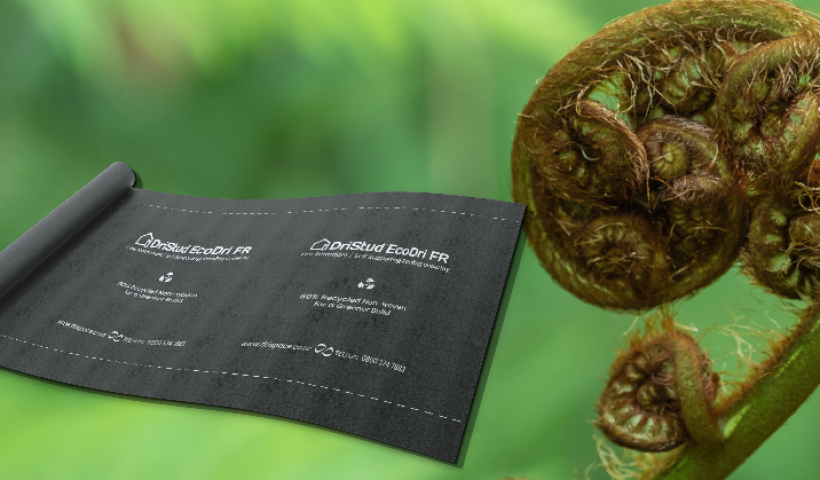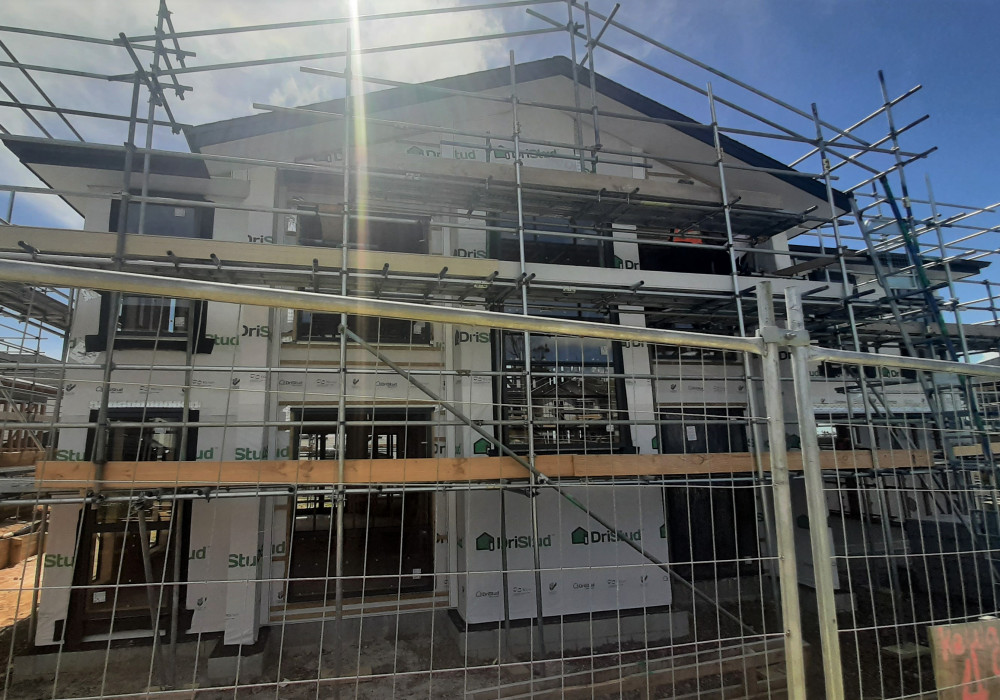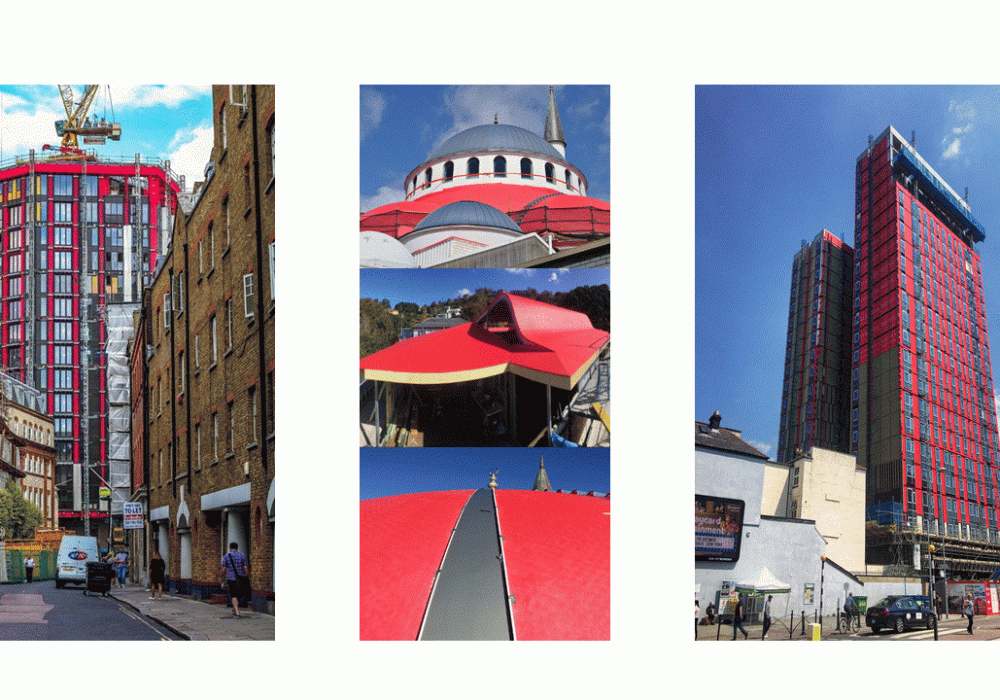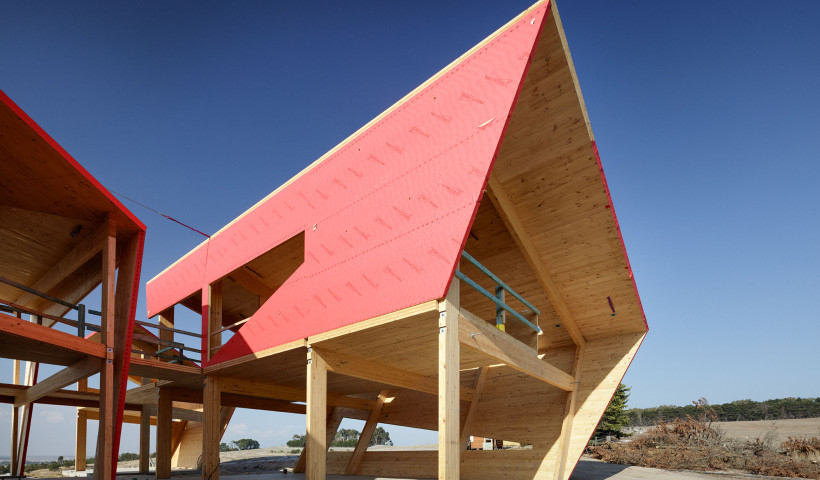 NEW
NEW
Recently, DriSpace products were specified for a house being built in a secluded area of North Shore Auckland, surrounded by nature, where ventilation and airtightness become paramount. The owner wanted to build an energy-efficient home and reduce risks of interstitial condensation due to having limited sunlight as a result of trees and bushes encompassing the home.
With the use of DriStud Wall Wrap and Vent products for passive ventilation, “build tight and ventilate right” can be achieved. DriStud Wall Wrap is engineered for such conditions, as it is an air barrier that allows for high moisture vapour transfer, creating a healthier and more energy-efficient structure. When VB20 vented battens are installed correctly, a ventilation and drainage path is created through the wall and roof cavities, enabling movement and release of warm air which can eliminate condensation in the roof void and wall cavity.
The Over Fascia Vent (G2500N/G1200N) is used for ventilation in the eaves, designed to discreetly ensure positive airflow in the roof space between the roof underlay and fascia board. To ensure the ceiling is air and vapour tight and to limit the passage of moisture-laden air entering the roof space, ProctorPassive SmartVap is connected to the DriStud Wall Wrap at the wall junction.
DriSpace offers an extensive range of solutions that attain the goal to “build tight and ventilate right” from top to bottom. With CodeMark Certified DriStud roof and wall underlays, BRANZ appraised VENT product for Passive Ventilation, and ProctorPassive airtight membranes in the roof and wall, energy-efficiency, passive ventilation and airtight envelopes can be achieved.













 Case Studies
Case Studies



















 Popular Products from DriSpace
Popular Products from DriSpace


 Most Popular
Most Popular


 Popular Blog Posts
Popular Blog Posts